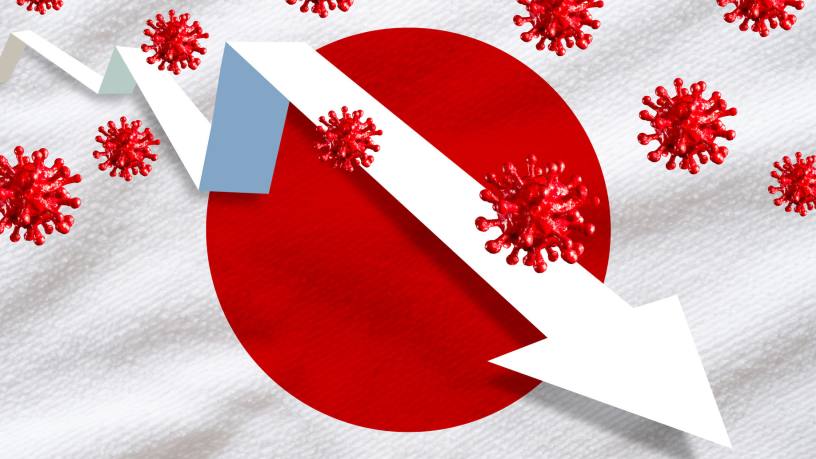Corporate debt to gross domestic product (GDP) in Japan is at its highest level since the 1990s and fears are growing that defaults could surge in struggling sectors, which could have an impact on smaller and regional banks.
The Bank of Japan’s (BoJ’s) most recent financial stability report suggested that the probability of default at companies in the services sector, in areas such as accommodation and food, will rise sharply over the next few years.












